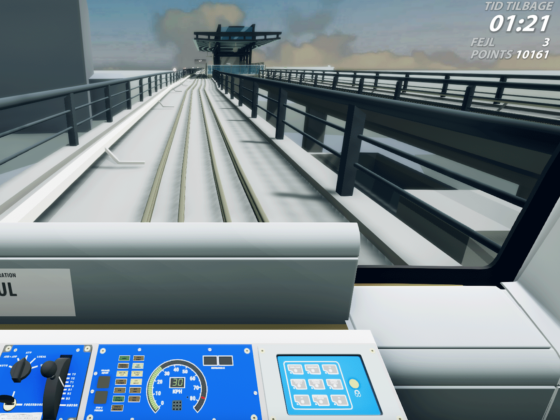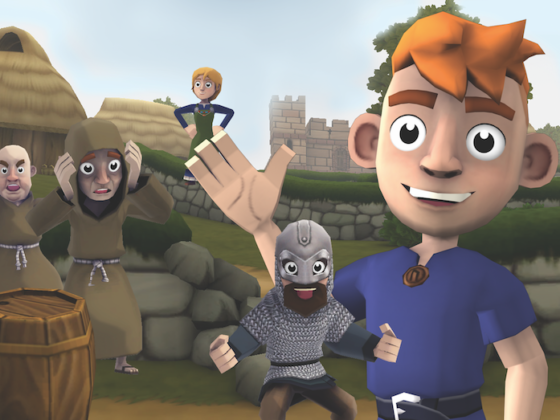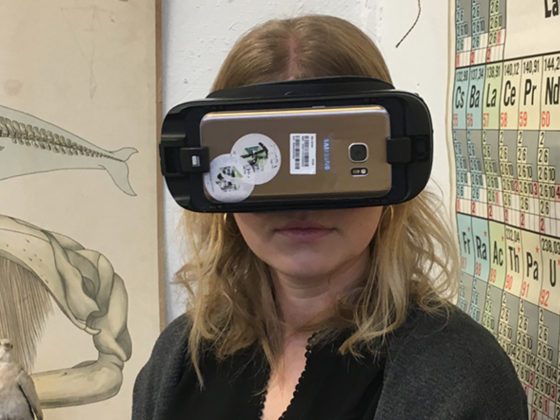Games ENGAGE and motivate people to LEARN and CHANGE
Games are a very potent and versatile tool. To best harness its potential, start by understanding the challenge we are addressing: Knowledge deficit (serious games) or behavioural problem (gamification). Games can address both challenges, but it is done quite differently.
In both serious games and gamification, we draw on the core game elements like mastery, points, levels, and achievements. The important core of games is that you have a strong active role as a learner, and need to accomplish clear goals through mastery. You make choices that have consequences for how you progress, which is clearly communicated back to you through points, levels and achievements.
YOUR CHALLENGE
Lack of knowledge or a behavioural issue?
KNOWLEDGE
order to solve tasks and get things done.
SERIOUS GAMES
BEHAVIOUR
but don’t act accordingly.
GAMIFICATION
In a serious game you move into a virtual arena, where you can safely do things. Here you can fail fast, explore without repercussions, play with ‘what if’ scenarios and go places that might otherwise be impossible. If you don’t get it right the first or second time, you can simply try again.
In a serious game we scaffold and guide the learner, and we can track all performance to measure what is happening. We know from research that serious games are more effective and engaging. They give better transfer of learning from the game to real-life application, and the retention of what you learned is longer.
Learning is strategically important, and yet often it ends up being seen as boring, demotivating and a waste of time. An amazing number of companies accept that thousands of hours every year are wasted due to learners never being engaged.
In gamification it’s quite a different matter, because here the game elements are closely tied to what you already do in the real world. It’s a way to more clearly focus on the right behaviour, get feedback when you do things right, and get motivated by seeing clear progress in the form of level-ups, achievements or similar.
Because gamification is closely tied to the real world, the focus is shifted towards more direct behavioural change. Although we can definitely create small learning elements inside a gamification experience, encouraging reflection and discussion, you don’t have the same rich learning environments as in serious games. Instead the focus is on motivating and nudging you in the right direction.
So much energy is put into the right strategy, courses and conferences. Yet mostly, behaviour doesn’t change. Not only do you need to improve your approach in learning but also how you implement it – making sure it actually leads to change. For this to happen, you ideally address both a knowledge gap and a change of behavior.




